
In seven decades as an NHS institution, Moorfields Eye Hospital has been at the forefront of pioneering treatments.
Today, cutting-edge research continues, new cures for blindness are discovered and hope is given to patients nationwide. To mark the 70th anniversary of the birth of the NHS, the BBC has been given behind the scenes access to the London hospital that has transformed eye care and come up with solutions that have saved the sight of millions of patients.n at the forefront of pioneering treatments. Today, cutting-edge research continues, new cures for blindness are discovered and hope is given to patients nationwide. To mark the 70th anniversary of the birth of the NHS, the BBC has been given behind the scenes access to the London hospital that has transformed eye care and come up with solutions that have saved the sight of millions of patients. One patient benefitting from Moorfields' specialist care is James O'Brien. The 42-year-old is blind in one eye as a result of being attacked with a chemical substance when he was 18.
Today, cutting-edge research continues, new cures for blindness are discovered and hope is given to patients nationwide. To mark the 70th anniversary of the birth of the NHS, the BBC has been given behind the scenes access to the London hospital that has transformed eye care and come up with solutions that have saved the sight of millions of patients.n at the forefront of pioneering treatments. Today, cutting-edge research continues, new cures for blindness are discovered and hope is given to patients nationwide. To mark the 70th anniversary of the birth of the NHS, the BBC has been given behind the scenes access to the London hospital that has transformed eye care and come up with solutions that have saved the sight of millions of patients. One patient benefitting from Moorfields' specialist care is James O'Brien. The 42-year-old is blind in one eye as a result of being attacked with a chemical substance when he was 18.
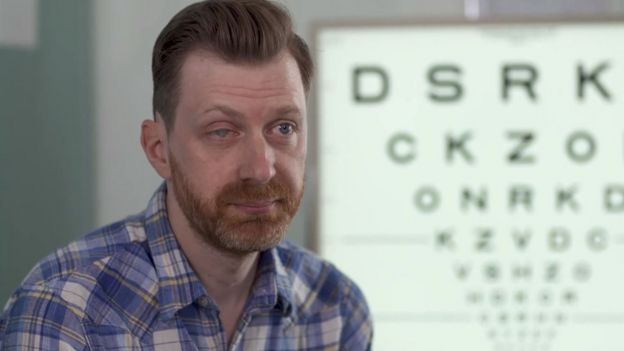
I was walking home from the cinema one night when I was approached by a couple of teenagers. One of them tapped me on the shoulder and as I turned around he sprayed a liquid in my face", he said. It felt like my face was on fire my eyes, my nostrils, my mouth - everywhere where this liquid had gone. I thought I was going to die."Mr O'Brien was attacked with ammonia, which burnt the surface of his right eye - leaving him blind.
Twenty-four years after the attack, a solution to restore his sight has never been found until now. Surgeons at Moorfields will take a small biopsy of Mr O'Brien's healthy eye and repopulate the damaged eye with a stem cell transplant. The procedure has taken 20-years to develop and has recently been approved as a treatment on the NHS."It is this very idea of making treatment available for everyone that the NHS was founded upon - and what makes it so unique," NHS doctor Oscar Duke says.
Twenty-four years after the attack, a solution to restore his sight has never been found until now. Surgeons at Moorfields will take a small biopsy of Mr O'Brien's healthy eye and repopulate the damaged eye with a stem cell transplant. The procedure has taken 20-years to develop and has recently been approved as a treatment on the NHS."It is this very idea of making treatment available for everyone that the NHS was founded upon - and what makes it so unique," NHS doctor Oscar Duke says.
'Healthcare for all'

The hospital was founded in 1899 but before 1948 Moorfields depended on charitable donations for its funding. The NHS secured the financial future of the hospital and brought with it a huge increase in the number of patients. By 1963, surgeons were divided into specialist units making Moorfields the first specialist eye hospital in the world.
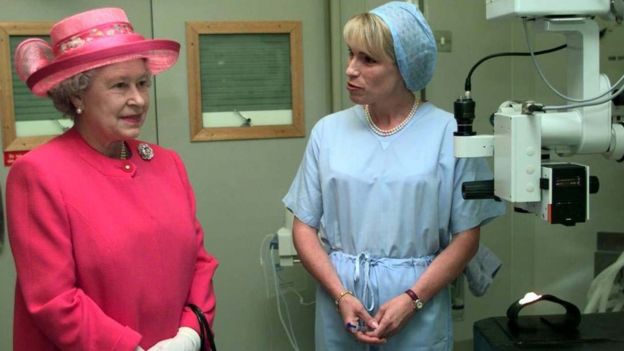
An eye bank was introduced in 1967. It procures, screens and stores donated eyes and eye tissue and have since become the largest in the UK. Today, cataract surgery is the most common surgical procedure on the NHS, with 19,000 cataract operations taking place at Moorfields every year.

'He's got his life back'
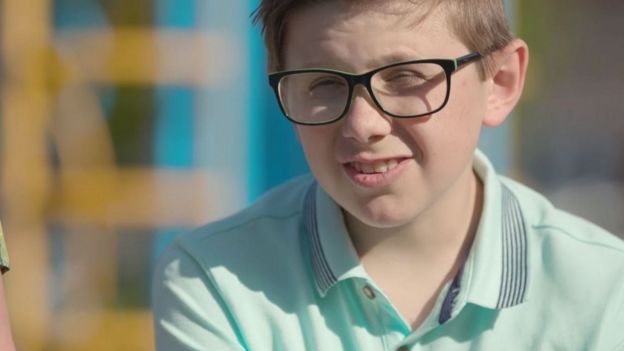
As the specialist cornea team at Moorfields began to grow, so did the success of transplants. Max Tyler, 11, from Newport in south Wales, suddenly went blind last year. Max travelled 150 miles to London to visit Moorfields where he was diagnosed with a rare form of keratoconus - a progressive eye disease in which the normally round cornea thins and begins to bulge into a cone-like shape. He underwent a double corneal transplant in the hope it would restore his sight. Following the successful surgery, Max said the transplant "changed his life" and it was amazing to be able to see again."It's like he's got his life back," Max's mum Kelly said."His confidence is back - I've got my son back really. They've cured him."
A cure from fish?
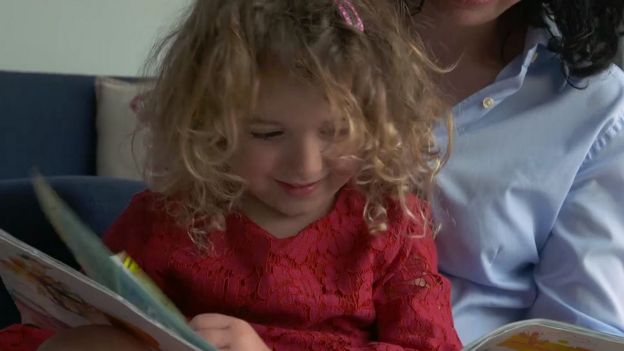
One even younger patient still hoping for a cure is four-year-old Vicky, who suffers from a severe congenital disease called Leber Congenital Amaurosis, which is progressively taking away her sight."As a mother, it's really tough to see her struggling and knowing that it will only get worse," Vicky's mum Silvia said."Her retina cells are progressively dying and there is no cure."However, studies using zebrafish at the Institute of Ophthalmology may provide a solution to correcting Vicky's faulty gene.
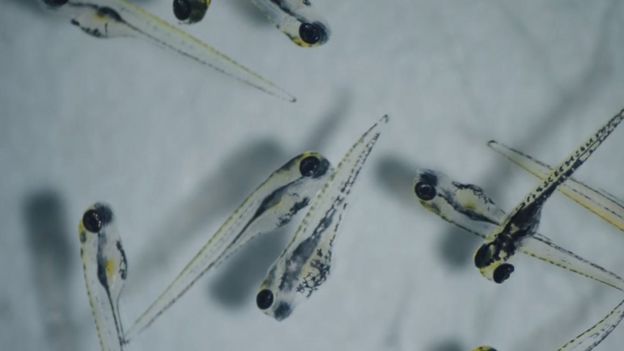
Dr Mariya Moosajee is one ophthalmologist hoping to help patients such as Vicky."Zebrafish are incredible little creatures. They share around 70% of their genes with humans so it means diseases that cause eye conditions in humans often cause the same conditions in the fish," she said."So the fish can be used as a model to test drugs before being used on someone like Vicky."Drug treatments are currently being tested on a model of Vicky's eyes grown from stem cells."We can actually study Vicky's disease in a dish and develop treatments for her," Dr Moosajee said."Vicky's project is due to run for the next three years and I'm quite confident we will identify a drug compound that should be able to help her and patients like her."